Main image: An L0 series five-car maglev train on a test run in Japan in in 2013. It has yet to begin passenger service. (Photo: Saruno Hirobano, under CC BY-SA 3.0 licence.)
If you’re over a certain age, you may remember that the popular technology magazine covers of your youth promised tantalising glimpses of a magnificent future in which magnetically levitating (maglev) trains would offer silent, comfortable transportation at stupendous velocities.

The physics made so much sense. Just use magnets to eliminate the friction between wheels and rails, and a train might easily and smoothly be propelled to vast speeds. With few moving parts, wear and tear would be minimal, so operating costs would be low. They would offer a viable alternative to intercity air travel, provided you didn’t have to cross oceans.

So, what happened? Decades later, why are maglev trains still for the most part science-fiction, instead of being everywhere? And if they aren’t everywhere yet, will they ever be, or are they just a physics enthusiast’s futuristic pipe dream?
Tom Johnson’s ‘Greased Lightning’
The first patent for the technology that would later become the maglev train was issued in 1902, to one AC Albertson. He proposed a magnetic system to reduce the weight of train carriages.
Within a few years, several other inventors built upon this idea. Among the more notable was Robert H Goddard, who would go on to fame as the father of rocketry. In 1904, he completed a creative writing assignment by conceptualising a magnetically levitated and propelled train in a vacuum tunnel.
In 1906, Tom Johnson, a streetcar baron and celebrated mayor of Cleveland, Ohio, filed a patent for a high-speed rail system based on magnetic levitation.
In his autobiography, My Story, Johnson recounted how he built a working maglev model in his home’s basement, capable of carrying a person. After some failures, he got a hanging monorail-style design working. The carriage travelled as fast as a 90-foot test track would allow, yet so smoothly that the passenger could hardly tell it was moving.
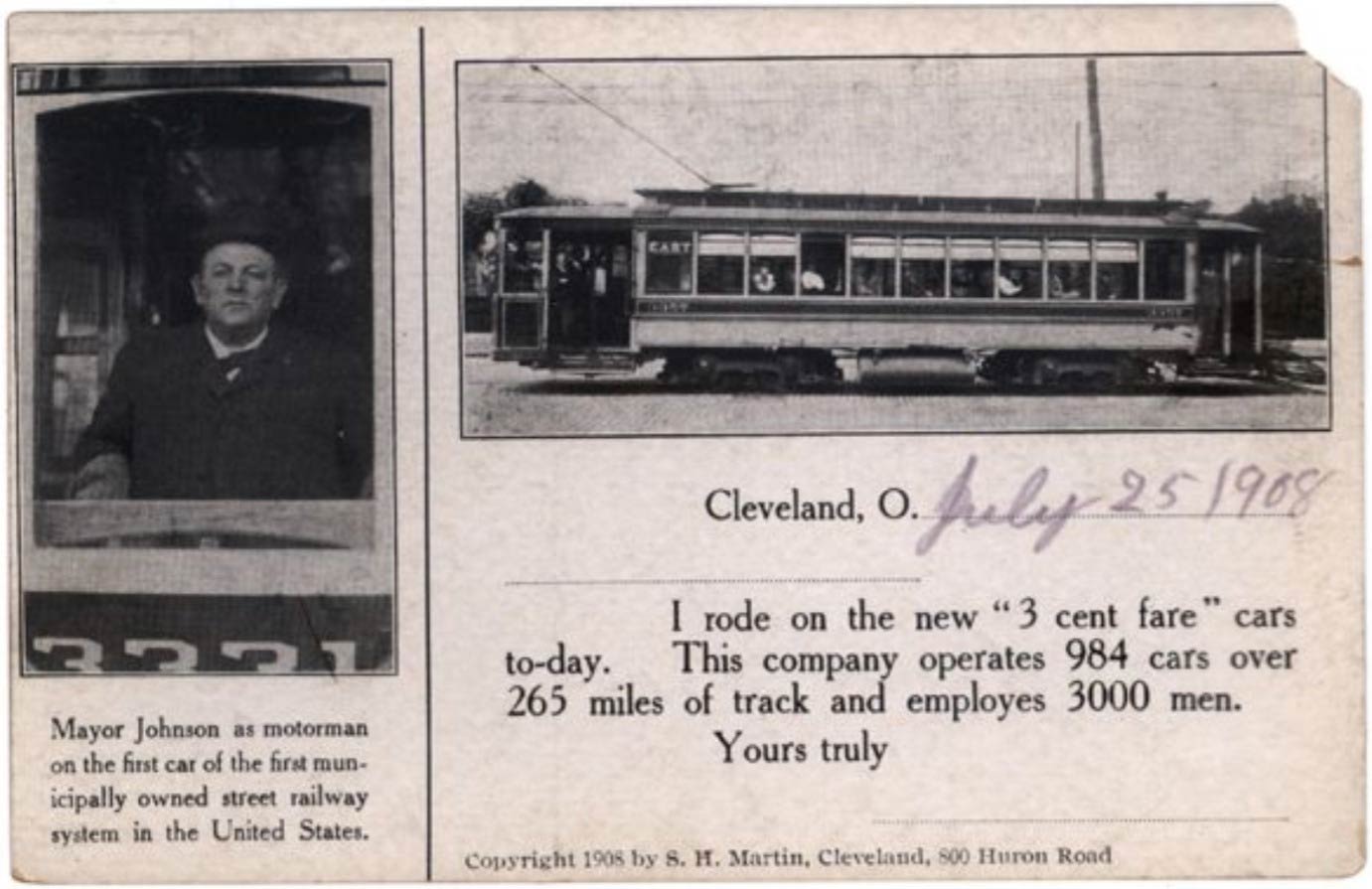
Sceptical contemporaries called Johnson’s project “Greased Lightning”. He preferred to call it “Slip-Slide”.
With “Slip-Slide”, he said, one could go from Chicago to New York (1 280km) in four or five hours or from New York to Philadelphia (150km) in 30 minutes. “Here was an end of space,” he wrote, “an end of the tenement and the slum. Here was a means of making the ends of America touch one another.”
Although he managed to interest the General Electric Company in building a prototype on a longer test track, the great cost of such an experiment and the financial panic of 1907 intervened, and the project was abandoned. This would become a common feature of future maglev train initiatives.
Johnson’s patent wouldn’t be granted until 1914, three years after his untimely death.
Émile Bachelet
In 1911, however, another inventor, Émile Bachelet, filed two patents for “a novel apparatus for transferring bodies at very high speed from one point to another”.
He envisioned using magnetic levitation to transport mail and small express packages over long distances or within buildings, and potentially scaling it up to carry freight or passengers.
In 1912, Bachelet’s patent was granted, and he demonstrated a model. The press was astounded, and declared Bachelet “the inventor of the levitated railway”, described as “a form of navigation that seems to mean the defeat of gravitation by magnetic currents hitherto classed as useless”.
…article continues below…
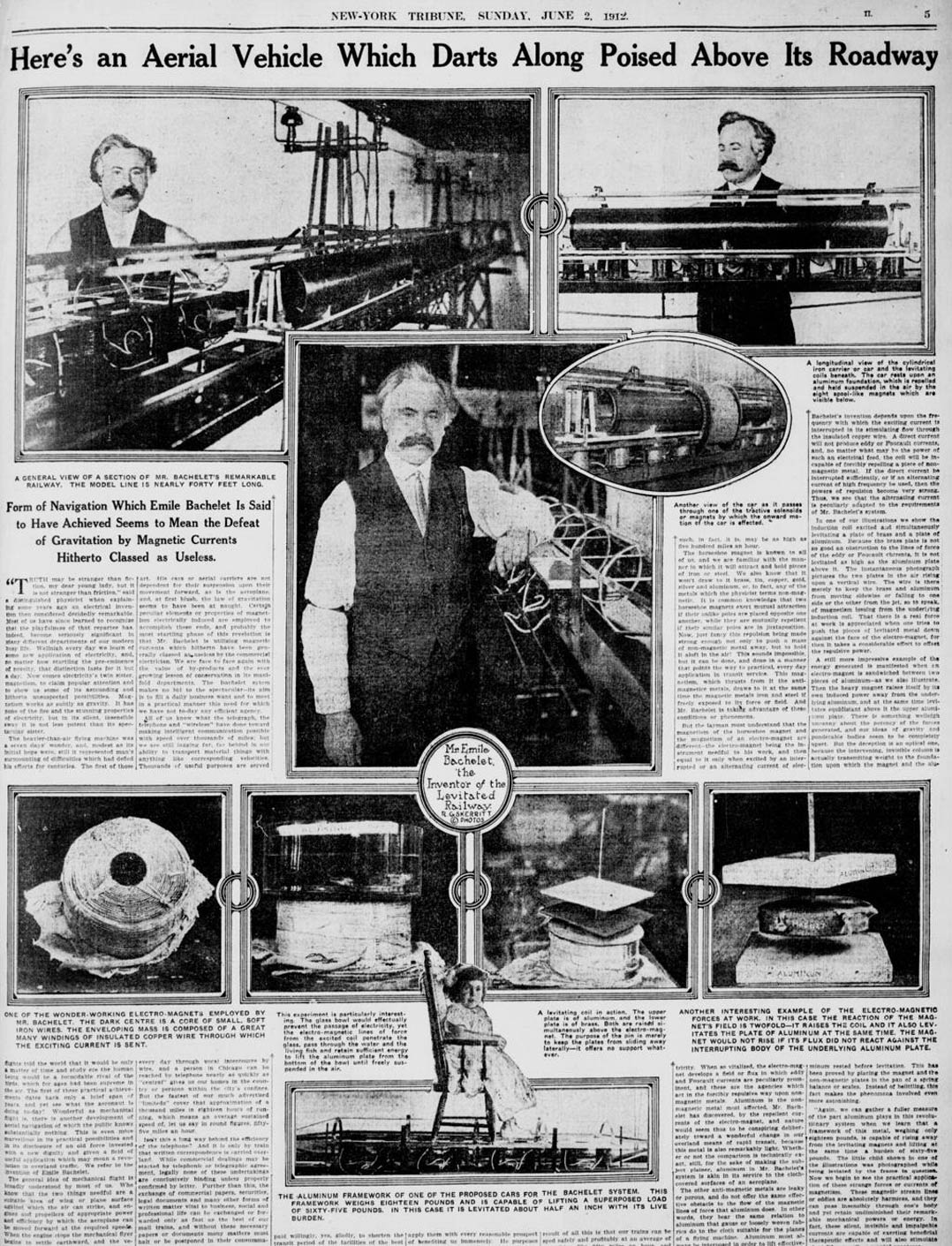
When Bachelet demonstrated his “flying train” at the Admiralty in London in 1914, its First Lord, Winston Churchill, declared it “the most wonderful thing I have ever seen”.
Little progress
Although patents were periodically issued for, experiments conducted with, and demonstrations given of maglev trains and related technologies, the next 70 years saw little visible progress. Everything else advanced at breakneck speed, but not maglev trains.
Railway networks spread to every town and chicken coop. Locomotives graduated from steam to electricity to diesel-electric. Almost every family bought a car. Highway systems were built. Flimsy canvas-on-frame single-seat aeroplanes developed into jumbo jets. Hovercraft entered commercial service. Rockets were invented and took people to the moon and back. The famed Japanese Shinkansen, or “Bullet Train”, and the French train à grande vitesse (TGV), both of which eventually exceeded 300km/h, went into service, but ran on rails.
The maglev world remained quiet, though.
Dinky tram
The first commercial maglev train to be commissioned opened in 1984, in Birmingham.
It connected the local airport with the city’s railway station over a distance of 585m. The reported top speed of the train was 64km/h (though some say it never exceeded 42km/h). It completed the trip in 90s, ferrying up to 80 people at a time.
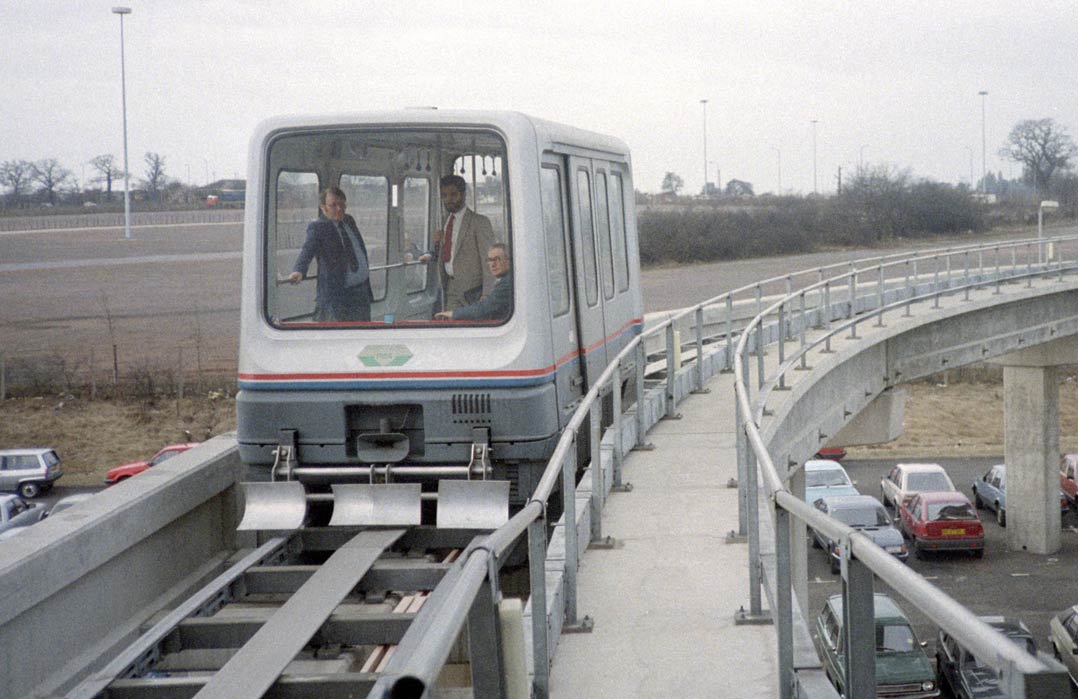
“Train” is, perhaps, too grand a word for it. It was a little automatic tramway. This was a far cry from the futuristic high-speed trains envisioned by Goddard, Johnson and Bachelet.
The Birmingham maglev operated for just over 10 years. By 1995, reliability issues and the obsolescence of its electronic systems led to its closure. Replacing it with another maglev train was deemed too expensive. It gave way first to buses, and then to a new, but orthodox, cable-driven rail car system.
M-Bahn
In Germany, a company named Transrapid constructed a 31.5km test track between the small towns of Dörpen and Lathen, near the Dutch border. Planning had begun as early as the late 1960s, but construction only began in 1980.
From 1984, a company named Transrapid used it to conduct maglev test runs, often carrying passengers who paid for the outing. It achieved much more respectable speeds of 420 km/h.
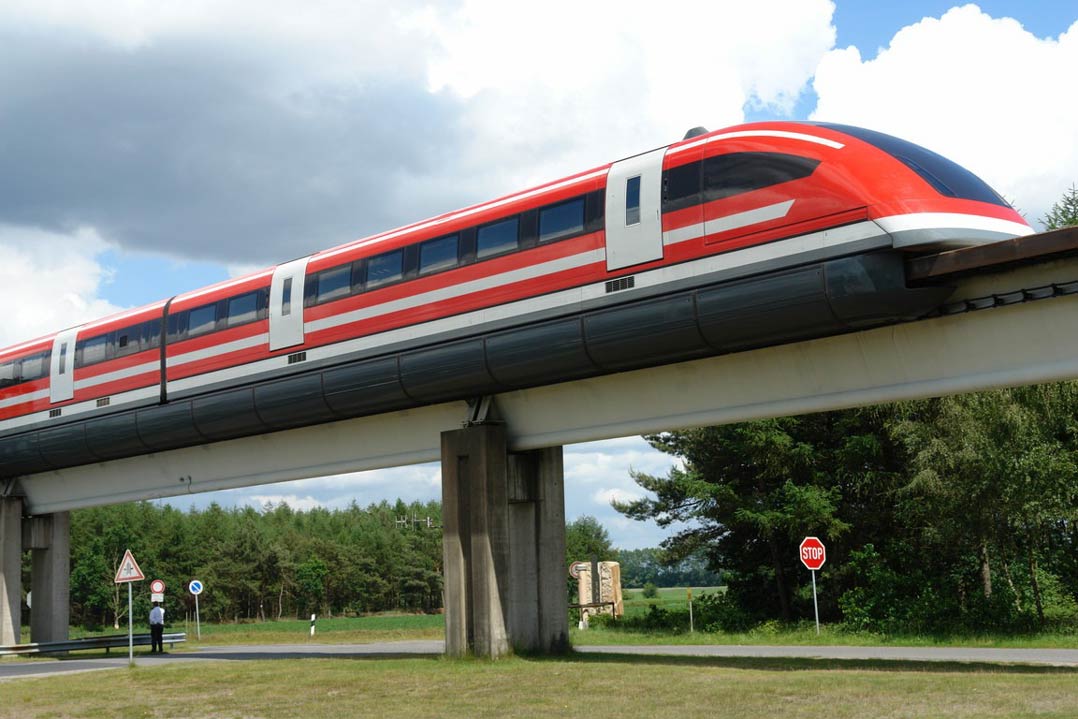
Berlin, however, got an altogether more modest train. There, a 1.6km maglev track called the M-Bahn was constructed to fill a gap in the transport network created by the Berlin Wall.
After five years of experimental operation, which included a major crash that destroyed one of the cars, it was opened to the public in 1989, three months before the fall of the Berlin Wall.
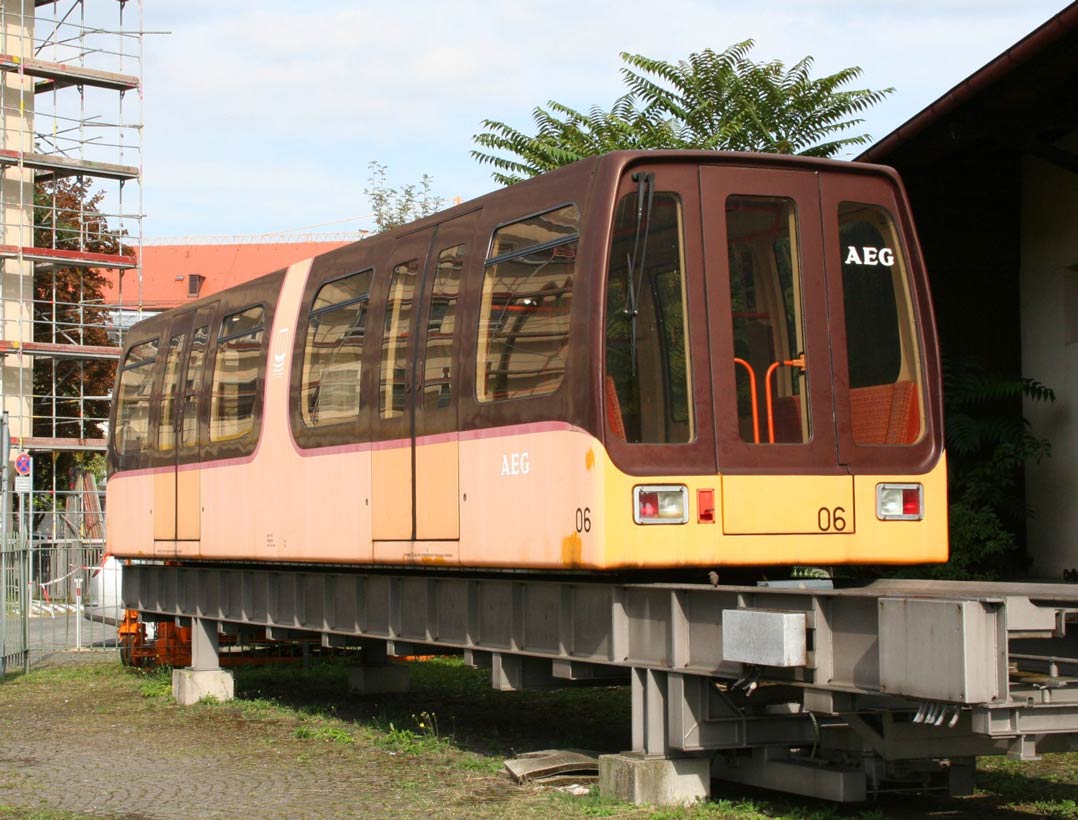
It offered intermittent and unreliable service at a top speed of 80km/h until its official opening for regular passenger service in 1991. It was already obsolete, however, and was closed for dismantling only two months after it opened, to make way for a reconstructed U-Bahn (underground metro) connection.
In 2006, Transrapid was still testing trains when one of them struck a maintenance vehicle on the track, killing 23 passengers. The track continued to be used for testing until 2011, but never carried passengers again.
The public image of high-speed maglev trains was severely dented by this incident, especially in the West. Planned maglev trains in the US, the UK, Germany, the Netherlands, Switzerland and Iran were all cancelled before construction began.
Shanghai Maglev
Transrapid’s technology survives only in a single location: Shanghai. In 2002, the first high-speed maglev train to go into commercial operation opened in the Chinese city in 2002, connecting its metro network to Shanghai Pudong International Airport over 30.5km.
This train set a cruising speed record of 431km/h, reached four minutes into its eight-minute journey, at which point it immediately had to begin decelerating again. Its operating speed was later reduced to 300km/h to save energy.
The Shanghai Maglev cost an estimated US$1.2-billion to build. That works out to about $40-million per kilometre. Comparing railway costs is fraught with difficulty because much depends on local conditions and regulations, but the typical cost for high-speed rail projects in China ranges from $17-million to $21-million per kilometre. Maglev, therefore, cost twice as much as ordinary high-speed rail to build.
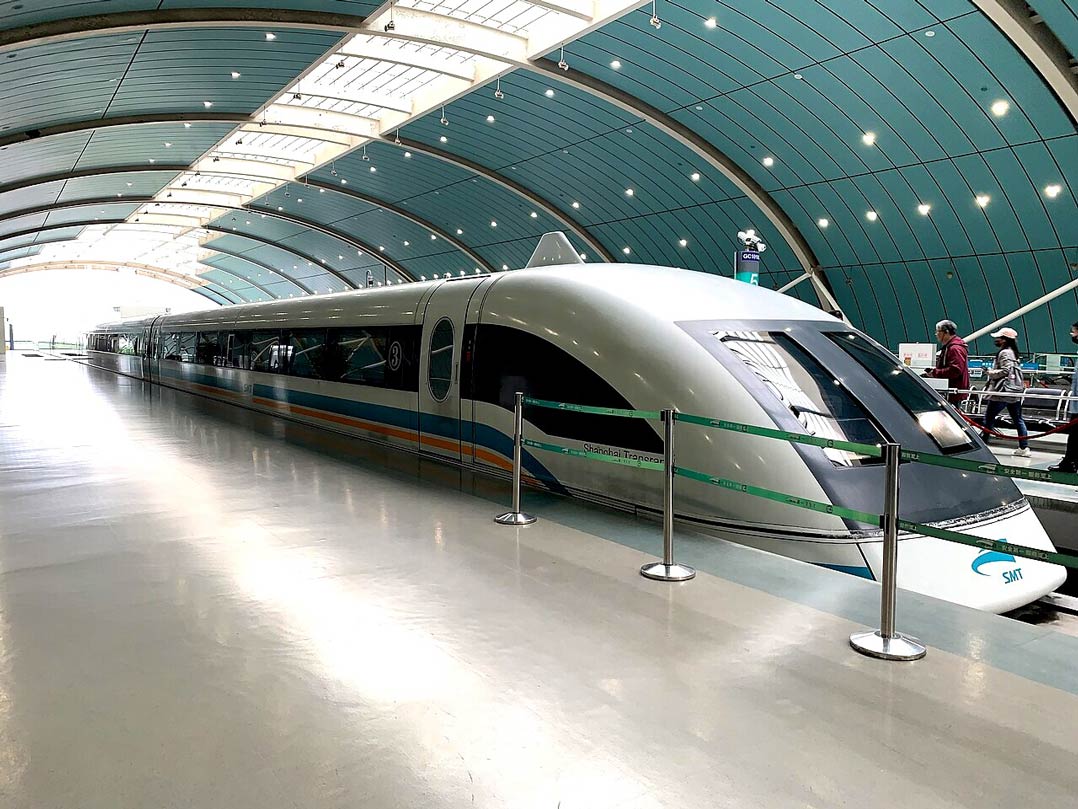
The train has never been profitable, in part because of its high energy demand, but also because of competition from alternative transit modes. Running from the Shanghai airport to Longyang Road metro station on the outskirts of the city, passengers headed into Shangai proper have to transfer to the metro to do so.
Taking the metro all the way ends up being 20 minutes faster and 60% cheaper than the maglev. The Shanghai Maglev has become a very expensive, mostly empty and rather dated-looking tourist attraction.
Other maglevs
The fourth commercial maglev in the world is the Aichi Rapid Transit Tobu Kyuryo Line, known as Linimo, in Japan. The line supports driverless trainsets that reach 100km/h. It was built for Expo 2005 and kept running afterwards, serving nine stops along its 8.9km length. Its construction cost $65-million per kilometre, not counting the rolling stock.
The Incheon Airport Maglev in South Korea was opened in 2016. It ran for 6.1km to a few facilities surrounding the airport, at 80km/h. It never exceeded 11% of its anticipated ridership.
It was closed in September 2023. Plans were announced to reopen it in 2024, but it remains closed. If it ever reopens, it will be as an ordinary track-bound rail service.
China has two more short-haul, low-speed maglev lines in operation: one of 10.2km in Beijing, opened in 2017, and another of 18.5km in the city of Changsha, opened a year earlier. Neither set the world on fire.
And that’s it. These seven trains make up the complete list of all maglev trains that are, or have ever been, in commercial operation.
600km/h
A Japanese maglev train, a seven-car L0 Series set, established a land-speed record for rail vehicles of 603km/h in 2015. It is the latest in a long series of experimental maglev trains going back to 1972. None of them has ever made it into commercial service.
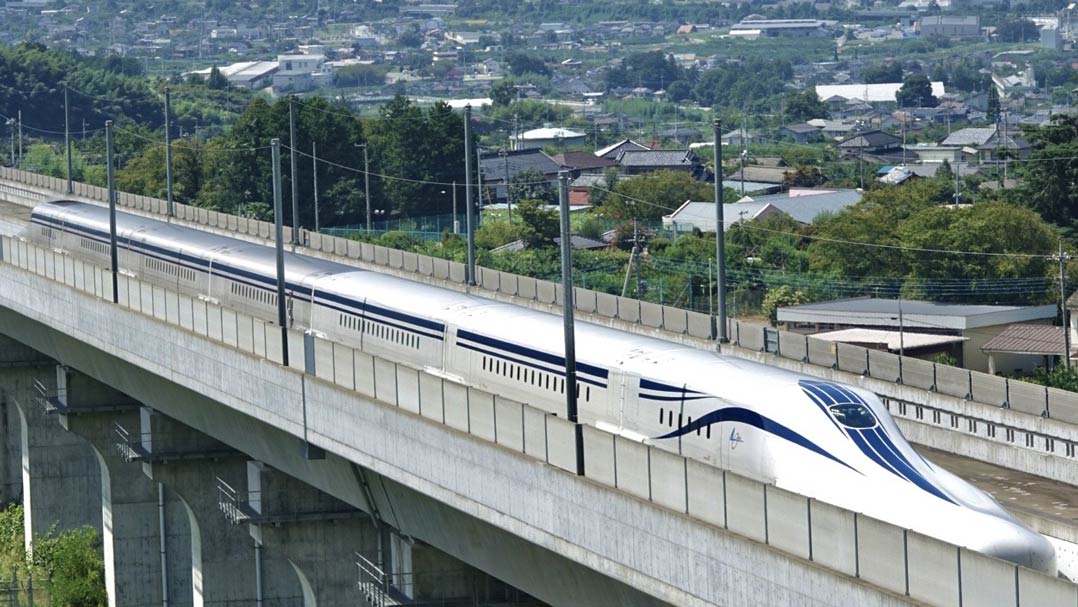
A maglev line has been under construction since 2011, connecting Tokyo and Nagoya over 286km, with plans for an extension to Osaka. Initially slated for opening in 2027, the due date for the first section is now only expected in 2034. Costs have also ballooned.
When opened, it will be the first long-distance high-speed maglev in the world, operating at 500km/h. It will use more energy than a regular high-speed train, especially because 90% of its route goes through tunnels, where air friction is much higher, but it compares favourably with airliners.
China also recently unveiled a new maglev train that can reach speeds of 620km/h, catching up with Japanese technology. There are no firm plans for its operational deployment yet.
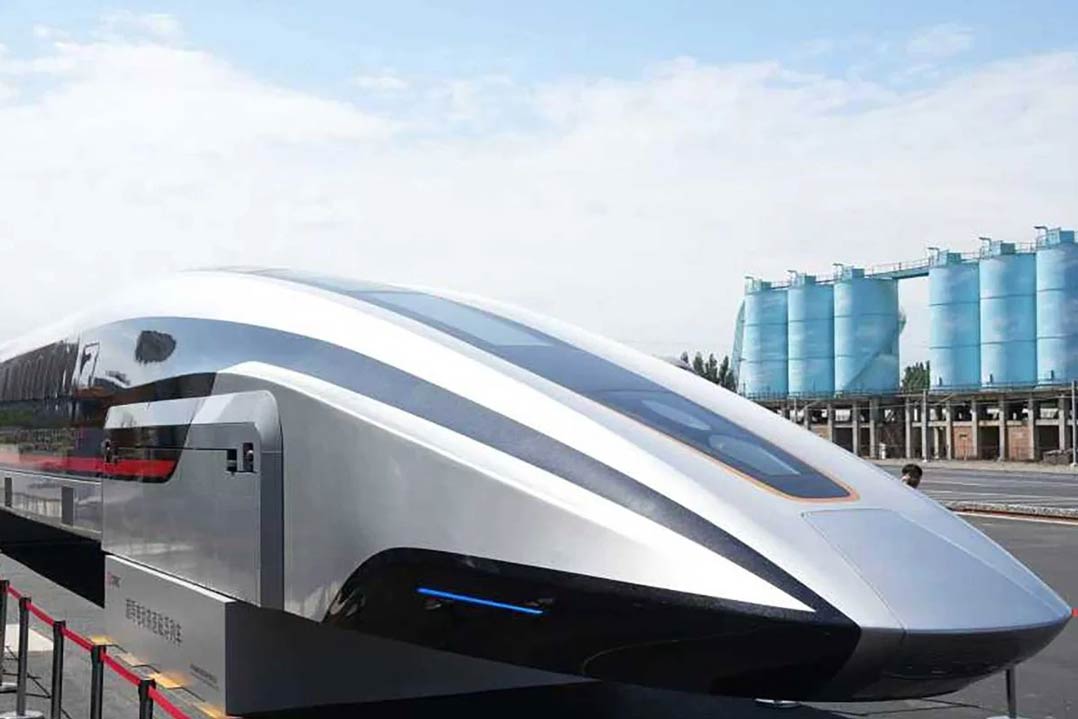
Why maglevs aren’t everywhere
Maglevs look marvellous from a distance. For over a century, they have made tantalising covers for popular science and futurism magazines. It’s a long way from the artist’s sketch to practical mass transit engineering, however.
Maglev technology turned out to be unsuitable in almost all mass transit scenarios.
It is impossible to conclude much from demonstrator units built for airport shuttle service or exhibitions, since they are usually guaranteed very high ridership, and costs are less of a concern on small projects. Even here, though, maglev trains have mostly failed.
For larger projects, maglev has several significant downsides.
Maglevs need entirely new infrastructure, which is more expensive than regular high-speed railways. Since they are only viable between major traffic hubs, it is difficult and expensive to secure the rights-of-way needed for maglev lines.
Maglev engineering skills are scarce and expensive, as are replacement parts when trains break down. This increases the cost of both construction and ongoing maintenance.
Perhaps the key factor in the failure of maglev trains is simply this: increasing the speed of trains has sharply diminishing returns.
If we ignore acceleration and deceleration and assume no intermediate stops, let’s suppose a 200km/h train shaves two hours off what used to be a four-hour journey at 100km/h. Then a 300km/h train reduces the travel time by only 40 additional minutes. At 400km/h, you save only 20 more minutes. At 500km/h, you save 12 minutes more, and at 600km/h, you save an additional eight minutes.
As the cost of engineering ever-faster trains increases, the amount of time they save passengers decreases sharply. The cost-per-minute saved, therefore, skyrockets.
Twice the price
Faster trains also spend less time at their maximum operating speed, and are less suitable for multi-stop routes. In many if not most situations, travel times end up being dominated not by the time spent on the train, but by the time it takes to get to and from the station, time spent at the station, or time spent transferring between different modes of transit in a hub-and-spoke system.
At twice the price of high-speed rail, and several times the price of light rail, there simply isn’t much of a market for ultra-high-speed maglev trains.
Even if Japan or China makes a few lines work, they are unlikely to run at a profit, and their experience may be impossible to replicate to other advanced economies with different regulatory, geographical or political circumstances.
Read: IBM sets sights on practical quantum computing by 2029
Rail-based mass transit has proven to be reliable and cost-effective, and has been refined over two centuries. Alternatives like buses and airlines crowd out even more competition.
That will forever relegate maglev train to gadgetbahn status: glitzy to look at, but prohibitively expensive and impractical for the real world.
- Ivo Vegter is a columnist for The Daily Friend and a former technology journalist
Don’t miss:
Rubin Observatory unleashes world’s largest digital camera on the cosmos



